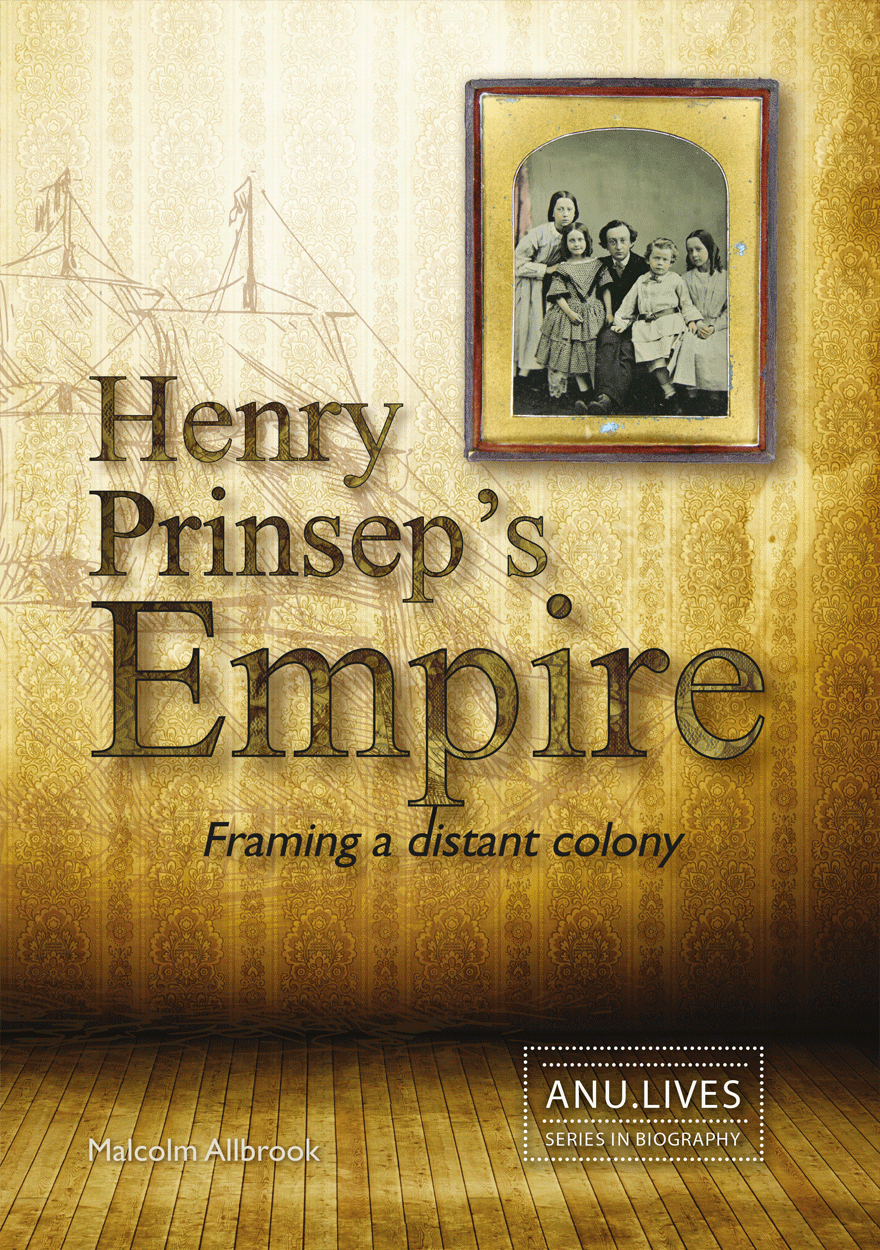Malcolm Allbrook

Malcolm Allbrook was born in Uganda and spent his childhood in East Africa, England and the United States before moving to Western Australia with his family as a twelve-year-old. He initially studied Classics and Ancient History at the University of Western Australia and then worked with the Western Australian government, the Kimberley Land Council and the Yamatji Marlpa Land and Sea Council. In 2005 he started a PhD at Griffith University and was awarded his doctorate in history in 2009. After working in Western Australia as a freelance historian and exhibition curator, he moved to Canberra where he was employed in the School of History, The Australian National University (ANU). He is currently Managing Editor of the Australian Dictionary of Biography in the National Centre of Biography at ANU.




